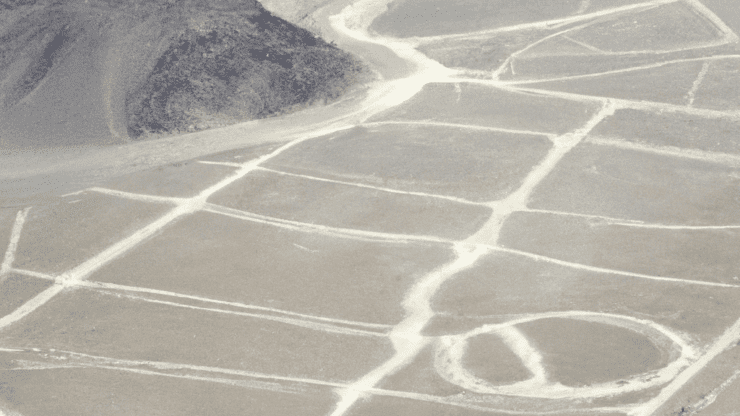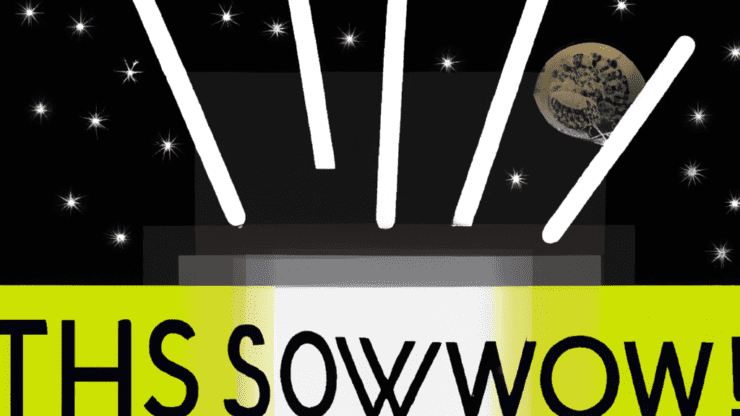Debunking Extraterrestrial Theories
For decades, the Nazca Lines in Peru have fascinated people around the world.
These large geoglyphs etched into the desert floor have been the subject of many theories, including the idea that they were created by extraterrestrial beings.
However, through extensive research and analysis, we can confidently say that the Nazca Lines were created by human ingenuity and were not the result of alien intervention.
Jump to Section
The Mystery of Nazca Lines: A Brief Overview
The Nazca Lines were created between 500 BCE and 500 CE by the Nazca civilization, who inhabited the area. These geoglyphs are massive, and some are as large as a football field.
The Nazca Lines consist of hundreds of designs and include figures of animals, plants, geometric shapes, and humanoid figures.
They were created by removing the reddish-brown iron oxide-coated pebbles that cover the surface of the Nazca desert, exposing the light-colored earth underneath.
Human-Made or Alien-Made? Evidence for the Former
There is no evidence to support the idea that extraterrestrial beings created the Nazca Lines.
A scientific analysis of the geoglyphs shows that they were created with tools available to the Nazca civilization at the time, such as ropes, stakes, and markers.
Additionally, the designs show inconsistencies and imperfections that would not have been present if they were created by aliens with advanced technology.
The Techniques Used to Create the Nazca Lines
The Nazca people used a variety of techniques to create the geoglyphs. Some of the methods they used include:
- Removing the surface stones to expose the lighter-colored earth beneath
- Creating trenches in the ground and filling them with stones
- Forming mounds of stones to create raised designs
- Removing the topsoil to create shallow, white lines
These techniques required a great deal of skill and precision, and it is a testament to the ingenuity of the Nazca people that they were able to create such intricate designs without the use of advanced technology.
The Purpose Behind the Nazca Lines: A Human Story
While the purpose behind the Nazca Lines is not fully understood, there is evidence to suggest that they were created for religious or ritual purposes.
Some of the figures, such as animals, may have represented deities or symbols of fertility, while others may have served as markers for seasonal changes or astronomical events.
The Role of Astronomy and Cosmology in Creating the Lines
The Nazca people had an advanced understanding of astronomy and cosmology, and it is likely that this knowledge played a role in the creation of the Nazca Lines.
Some of the designs align with celestial events, such as the summer solstice, and it is possible that the geoglyphs were used as a way to mark the changing seasons and celebrate the cycles of the natural world.
The Cultural Significance of the Nazca Lines
The Nazca Lines are an important part of the cultural heritage of Peru. They are recognized as a UNESCO World Heritage Site and attract thousands of visitors each year.
The geoglyphs are a source of pride for the people of Peru and are a testament to the creativity and ingenuity of the Nazca civilization.
The Environmental Factors that Preserved the Lines
The Nazca Lines have been remarkably well-preserved for centuries due to a combination of factors.
The Nazca Desert is one of the driest places on earth, and the lack of rainfall has helped to protect the geoglyphs from erosion.
Additionally, the desert floor is made up of a layer of iron oxide-coated pebbles that has acted as a protective barrier, preventing the wind from eroding the exposed earth underneath.
The Historical and Anthropological Significance of the Nazca Lines
The Nazca Lines are an important part of human history and have provided valuable insights into the culture, beliefs, and practices of the Nazca civilization.
They have also helped to shed light on the ways in which ancient people interacted with their environment and celebrated the natural world.
Celebrating Human Ingenuity and Creativity
While the Nazca Lines have been the subject of much speculation and debate, it is clear that they were created by human hands and represent a remarkable achievement of human ingenuity and creativity.
Rather than attributing their creation to extraterrestrial beings, we should celebrate the remarkable achievements of the Nazca civilization and the enduring legacy they have left behind.
Greetings fellow space travelers, I am Draco Blaze, creator of Alienated Media who is passionate about exploring the unknown and writing about my experiences with extraterrestrial life.
My focus is on alien encounters and creating thought-provoking sci-fi short stories that transport readers to new worlds and realities.
Feel free to contact me at [email protected].





